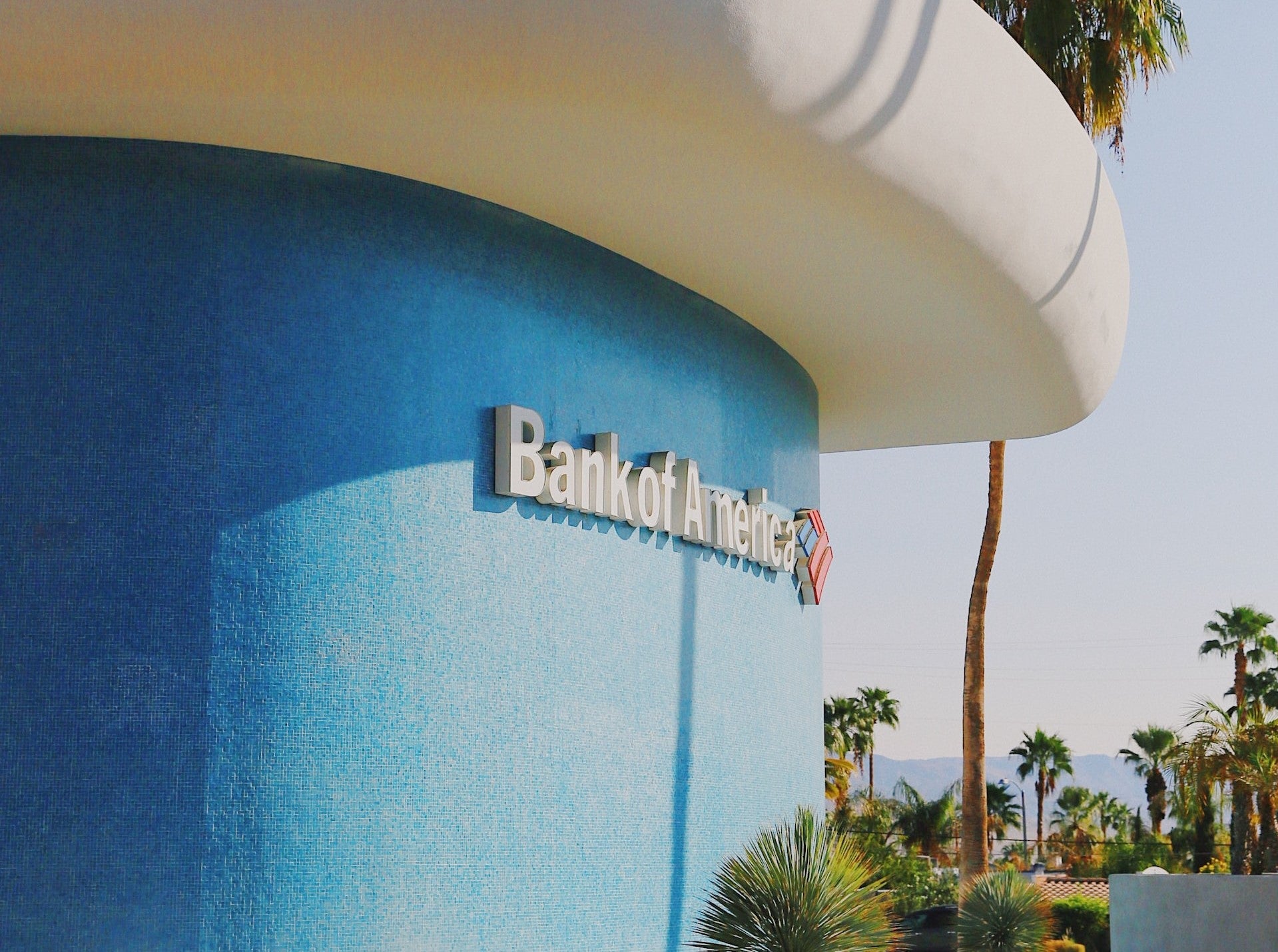
Bank of America is planning to boost its investments in digital solutions as the use of digital channels among customers gains traction.
The lender said that in July customers accessed its digital platforms around one billion times.
Digital logins in the second quarter were up 11% year-on-year (YoY) representing customers logging in 2.8 billion times.
The number of bank’s verified digital clients, currently 55 million, is also up 5% YoY.
Bank of America chief digital officer and head of global marketing David Tyrie said: “No matter what the environment, we are ensuring that our clients have efficient, reliable and easy-to-use digital solutions to navigate their finances today and to help them plan for tomorrow.
“Our commitment to and ongoing investment in best-in-class financial technology, along with a culture of innovation, allows us to deliver an integrated and individualized client experience, and solutions that are timely, relevant and secure.”
More specifically the new investments will focus on budgeting and financial planning solutions, app personalisation and improved security, a Bloomberg report said.
Tyrie told the publication that the lender spends $11bn on technology every year and a portion of it is reserved for new initiatives.
“I would hate to be a small bank or fintech trying to compete with us because of the lack of investments and financial backing,” Tyrie said in an interview.
“Banks are defined based on customer interaction, and today it is all digital.”
The investment in technology can also help reduce the costly branch network.
While technology is reducing the need for in-person interaction and cutting expenses, retail branches are still useful for big transactions and some types of financial planning.







